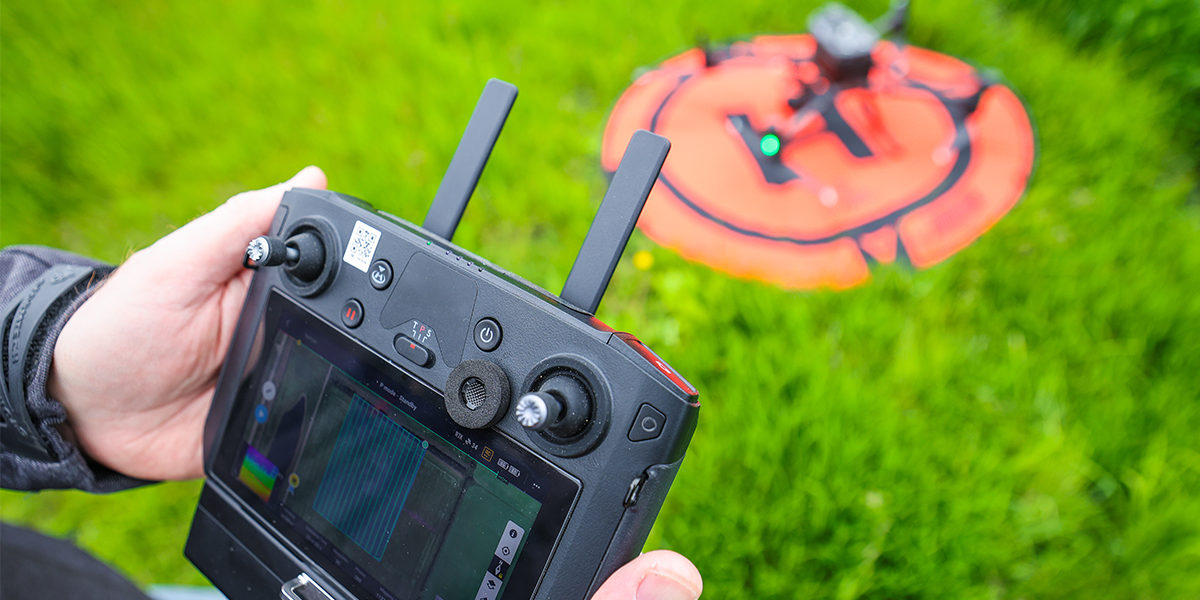
A years-long research project by Olds College Centre of Innovation (OCCI) has shown that high-definition drone imaging can not only help adjusters to better classify hail damage within cropland, but could also potentially identify other types of crop damage. The project was launched in 2021 in collaboration with Agriculture Financial Services Corporation (AFSC).
Researchers in 2023 through to 2025 used drone imagery to pre-select points to scout within fields, navigate to each point, identify the types of damage and calculate the level of hail damage using AFSC adjustment protocols. With these datasets, spatial maps were created to represent the variability of measured hail and other types of damage within fields.
These data layers, organized within a database, could be used for future imagery analysis and training of machine learning models. These tools could not only help estimate hail damage severity, but also help identify other forms of crop damage caused by fertilizers, pesticides, insects, rodents, wildlife and flooding. The latest phase of the research project is slated to end in 2026.
Goals:
Continue database development by collecting additional sets of imagery and geospatial information of hail damaged crops to be used for software training, development and modeling. Each field is to include photos of the damage types observed, AFSC adjustment data and in-field scouting documentation. The methodology used will replicate the methodology of 2023 and 2024 to create comparable datasets of 2025:
- Collection of aerial imagery to correlate with damage types observed via in-field scouting, for each field surveyed.
- Iterative flights to occur on two fields to observe changes in imagery to the hail-affected crop over time.
- Creation of hail damage variability geospatial layers using kriging methodology.
Funders/Partners: AFSC